The Roaring Twenties is a term used to describe Western society in the 1920s. Sometimes known as the Jazz Age, it was characterized by new freedoms in social, economic and cultural aspects of life. It is often synonymous with pleasure seeking and people having a good time after the devastation of the First World War. In America especially, the economy boomed, with mass consumerism arriving for the first time. For the first time in history, ordinary workers were able to purchase goods, such as motor cars and radios. The Roaring Twenties also saw a loosening of social morality, though, in America, prohibition saw alcohol outlawed and the subsequent growth of criminal bootlegging.
Facts about the Roaring Twenties
- Bright Young Things was a term given to a group of bohemian young people, who enjoyed partying in 1920s London. These were predominately aristocrats and the ‘idle rich.’
- P.G. Wodehouse in his humorous novels, e.g. Jeeves and Wooster lampooned the habits of these ‘bright young things’ and idle rich.
- During the 1920s, millions of African-Americans migrated from the south to north – to escape segregation and racism. It was termed the Great Migration.
- The new black communities, helped to forge a new black identity, especially in major cities, like New York. The Harlem Renaissance was considered the flowering of a new negro identity and culture.
- The 1920s also saw a re-emergence of the Klu Klux Klan, with membership peaking at over 4 million people during the 1920s.
- Despite growing wealth and conspicuous consumption – during the 1920s, more than 60 per cent of Americans lived just below the poverty line – especially black-Americans and those living in rural areas.
- In 1920, all women were given the right to vote in the US. (19th Amendment)
- In 1921, Margaret Sanger founded the American Birth Control League, which later became the Planned Parenthood Federation of America. The greater availability of contraception, helped to liberate women, enabling a greater sexual promiscuity without risk of pregnancy
- In the 1920s, divorce was made easier, and the number of divorces doubled.
- In the 1920s, more Americans lived in cities than in rural communities for the first time.
- The 1920s saw the explosion of numerous dance crazes, including the Charleston and the Breakaway.
- The Cotton Club was the most famous jazz club, played by Louis Armstrong, Duke Ellington and other masters of jazz.
- In 1927, ‘The Jazz Singer’ starring Al Jolson was the first major ‘talking’ movie. This led to the decline of the silent movie, but growth in cinema attendance.
- The 1920s saw an explosion in ownership of the radio. By the end of the 1920s, there were over 100 million radios in circulation.
- Flappers was a term used to describe young women, who wore short skirts, listened to jazz music and took rebellious attitudes to old standards of morality.
- In the 1920s, many banks, including the Federal Reserve had an ‘anti-flapper code’ – prohibiting women dressing too attractively.
- Due to prohibition, speakeasies – illegal salons selling alcohol – became popular and numerous as the Prohibition years progressed.
- In 1927,
Charles Lindbergh was the first pilot to fly solo, non-stop across the Atlantic – in the “Spirit of Saint Louis”.
- The economic boom of the 1920s was not equally felt across the country. Agriculture suffered from low prices and entered recession, even before the Stock Market Crash of 1929.
- Art deco was a new style of architecture, which was based on pure, geometric shapes. The Empire State building was designed in the late 1920s and built in 1930-31.
- Buying on the margin. The stock market boom caused many investors to buy shares on the margin – a way of increasing profits by taking more risk. This led to the creation of many new ‘paper millionaires.’
- In the 1920s, there was a credit and share price bubble. The S&P 500 Share price index saw a rise in earnings per share from 20 (1922) to 100 in 1929. (What caused Wall Street Crash?)
- The Roaring Twenties came to a shuddering halt on 29 October 1929 (Black Tuesday. Share prices fell by $40 billion in a single day. By 1930 the value of shares had fallen by 90%.
Iconic people of the Roaring Twenties

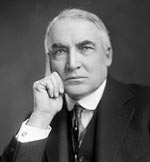
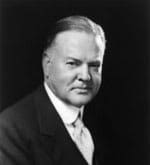
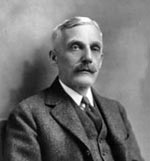
Woodrow Wilson (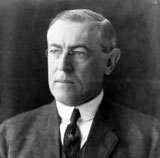 1856 – 1924) US president (1913-1921). Wilson was a Democrat and leading progressive. Under his presidency, he passed many progressive bills, including a graduated income tax, Federal Reserve Act, anti-trust legislation and federal support for agriculture and the beginnings of a welfare state. In international affairs, Wilson was an idealist, who sought to create a League of Nations after the end of the First World War. During his presidency, laws on prohibition were passed.
1856 – 1924) US president (1913-1921). Wilson was a Democrat and leading progressive. Under his presidency, he passed many progressive bills, including a graduated income tax, Federal Reserve Act, anti-trust legislation and federal support for agriculture and the beginnings of a welfare state. In international affairs, Wilson was an idealist, who sought to create a League of Nations after the end of the First World War. During his presidency, laws on prohibition were passed.
Business figures
Thomas Edison (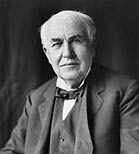 1847 – 1931) Pioneer of the mass use and distribution of electricity. Edison was one of the most prolific inventors, who developed commercially available electric light bulbs. Edison was at the cutting edge of the modernisation of American society, which dramatically changed people’s lives in the 1920s.
1847 – 1931) Pioneer of the mass use and distribution of electricity. Edison was one of the most prolific inventors, who developed commercially available electric light bulbs. Edison was at the cutting edge of the modernisation of American society, which dramatically changed people’s lives in the 1920s.
Henry Ford 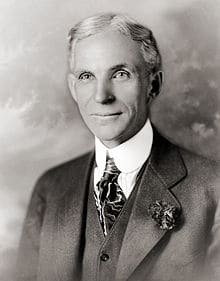
John Maynard Keynes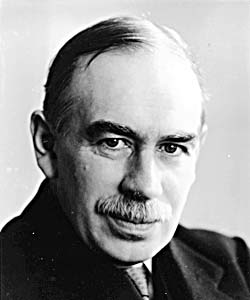
Cultural figures
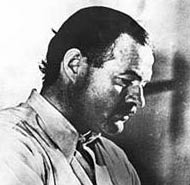
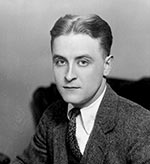
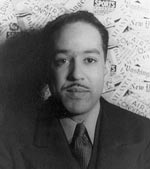
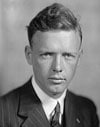
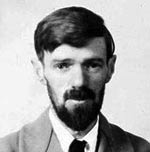
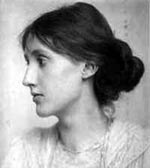
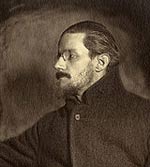 James Joyce (1882 – 1941) Irish writer from Dublin. Joyce was one of the most influential modernist avant-garde writers of the Twentieth Century. His novel Ulysses (1922), was ground-breaking for its stream of consciousness style.
James Joyce (1882 – 1941) Irish writer from Dublin. Joyce was one of the most influential modernist avant-garde writers of the Twentieth Century. His novel Ulysses (1922), was ground-breaking for its stream of consciousness style.
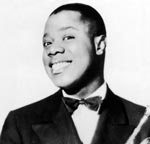
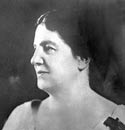
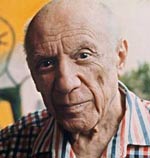
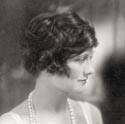
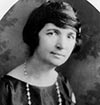
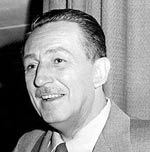 Walt Disney (1901 – 1966) American film producer
Walt Disney (1901 – 1966) American film producer
and creator of cartoon characters such as Mickey Mouse. Walt Disney pioneered the successful film portrayal of classic fairy tales, such as Snow White and the Seven Dwarfs.
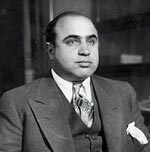
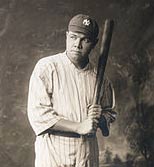 Babe Ruth (1895 – 1948) Iconic baseball player. Babe Ruth was one of the greatest baseball players whose popularity transcended sport and epitomised the Roaring Twenties for his laid-back style. In 1927 in 1927 Babe Ruth hit 60 home runs
Babe Ruth (1895 – 1948) Iconic baseball player. Babe Ruth was one of the greatest baseball players whose popularity transcended sport and epitomised the Roaring Twenties for his laid-back style. In 1927 in 1927 Babe Ruth hit 60 home runs
Amelia Earhart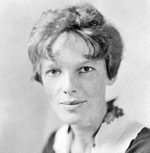 (1897– 1937) – Female aviator. She broke several records and became the first woman to fly solo across the Atlantic in 1932. She epitomised both the new age of exploration and setting new ideas for what it was possible for women to do.
(1897– 1937) – Female aviator. She broke several records and became the first woman to fly solo across the Atlantic in 1932. She epitomised both the new age of exploration and setting new ideas for what it was possible for women to do.
Citation: Pettinger, Tejvan. “The Roaring Twenties”, Oxford, www.biographyonline.net, 11th Jan 2017
A History of the Roaring Twenties 
Related pages

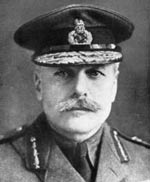

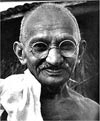
External links
- What caused the Wall Street Crash of 1929 – Economicshelp.org

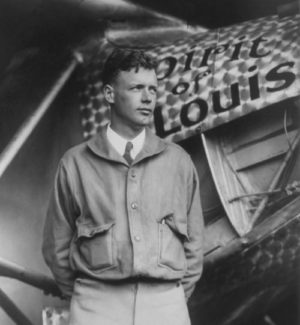
Comments are closed.
*/